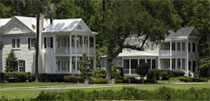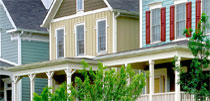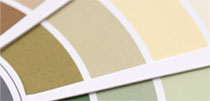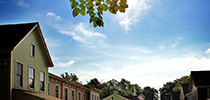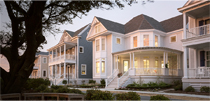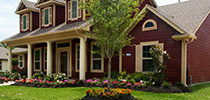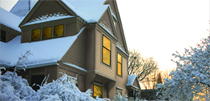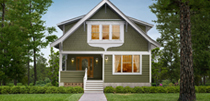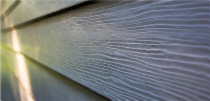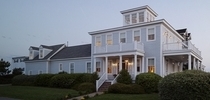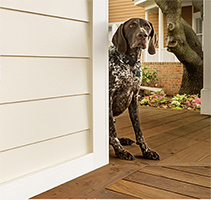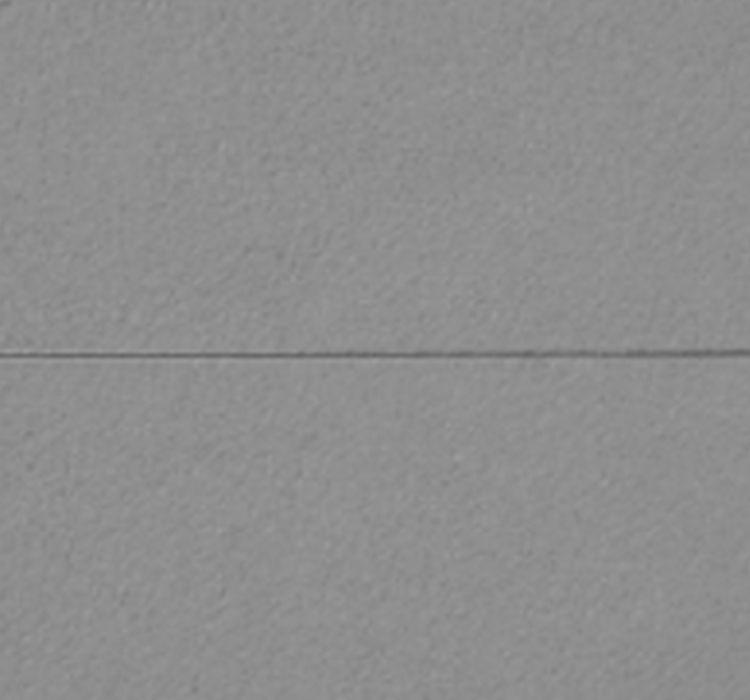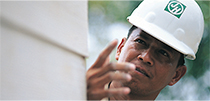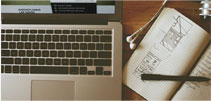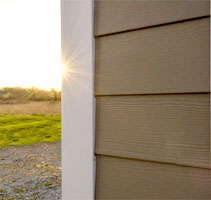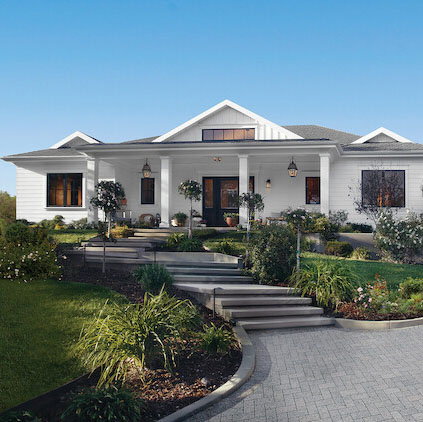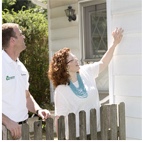Fiber cement siding product and technology innovations have made homes, buildings more beautiful, durable and lower-maintenance than alternatives
CHICAGO (December 4, 2013) - James Hardie, a global manufacturer of fiber cement siding and interior products with operations across the United States, is celebrating more than a century of technology innovations with its 125th anniversary, and the customers and employees that have made that milestone possible. The company's introduction of fiber cement siding in the United States in the 1990s, and subsequent innovations such as The HardieZone® System of siding products that are formulated for the weather conditions of a home's geographic location, led to a profound shift in siding technology and homeowner preference over the past two decades. With U.S. operations based in Chicago, James Hardie reflects its founder's innovative legacy with an annual research and development spend of tens of millions of dollars, among the most in the siding industry.
Company founder James Hardie immigrated to Australia from Scotland in 1888, and started a business dealing in items for the tanning trade. In the mid-1980s, James Hardie invented fiber cement technology, and began designing and manufacturing a wide range of building products that utilized fiber cement's durability, versatility and strength. The company entered the North American market in the early 1990s with the launch of its HardiePlank® lap siding product, which ignited a substantial shift in siding technology and product choice over the ensuing decades, according to Dave Donofrio, James Hardie Director of Products and Segments.
"Fiber cement siding became the leading siding choice in the United States since its introduction in the early 1990s because it provided a better alternative to vinyl, wood-based and aluminum siding, the norm for that time," Donofrio said. "But what's most important is how those innovations have benefitted homeowners and building owners, and the builders and remodelers that serve them — the customers that have made our 125th anniversary possible. Their support is tangible proof James Hardie siding lives up to our customers' design and durability expectations. Our anniversary is also the perfect time to acknowledge the efforts of our employees in the United States and globally."
James Hardie innovated a localized approach to siding with The HardieZone System of siding products in the mid-2000s. All James Hardie siding products are Engineered for Climate®, meaning they are formulated to resist damage from weather conditions in one of two distinct regions of the United States. The HardieZone System is based on eight individual climatic variables that primarily affect long-term performance of siding. Using these factors, the company arrived at 10 distinct climatic zones, with common variables in certain regions, allowing it to engineer the HZ5® product line for roughly the U.S. Midwest and Northeast, where snow, ice and temperature swings are the norm, and the HZ10® product line for roughly the U.S. South and Southwest and its prevalent heat, humidity, sun and rain.
Another key innovation in the mid-2000s was ColorPlus® Technology, which combines the advanced fiber cement formulation with a baked-on finish that's specially formulated to actively bond with James Hardie siding products, resulting in a durable, lower-maintenance finish with enhanced fade resistance. Key products today that are Engineered for Climate and available with ColorPlus Technology include HardiePlank lap siding, HardiePanel® vertical siding, HardieShingle® siding, HardieTrim® boards and HardieSoffit® panels, along with Artisan® lap siding, Artisan accent trim and HardieReveal® panels.
You can learn more about James Hardie's history of innovation at www.jameshardie.com.

